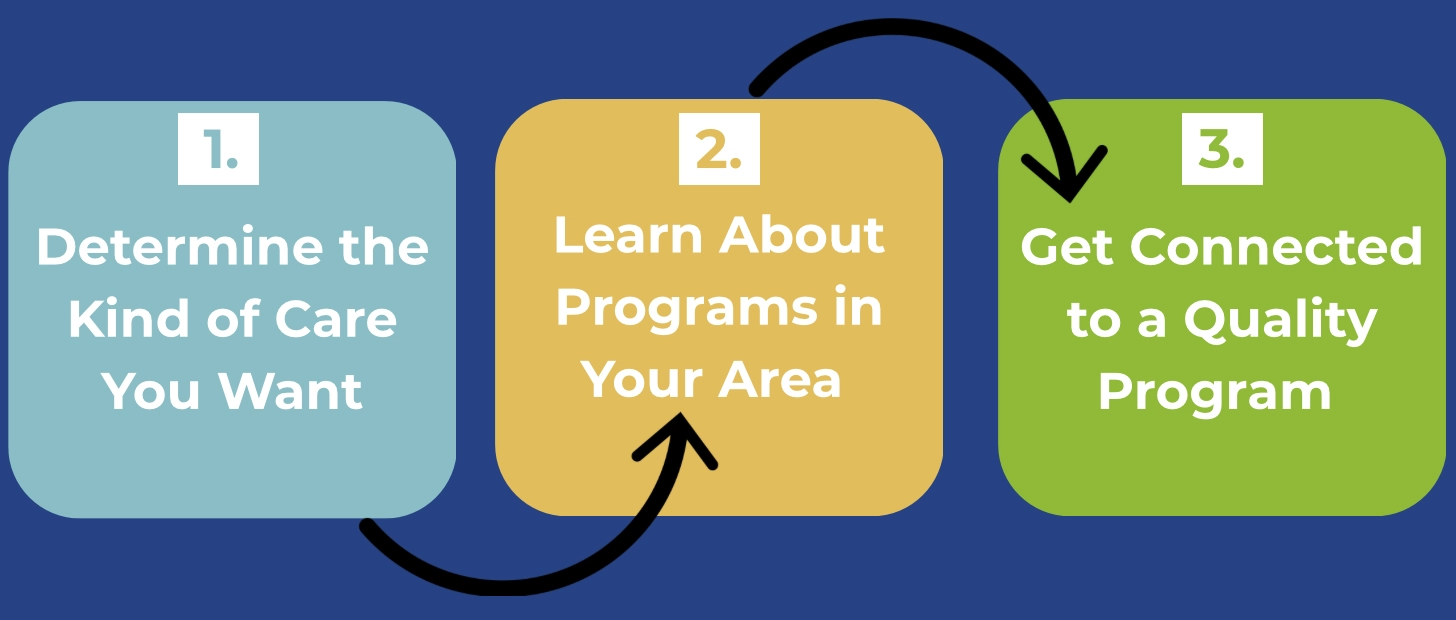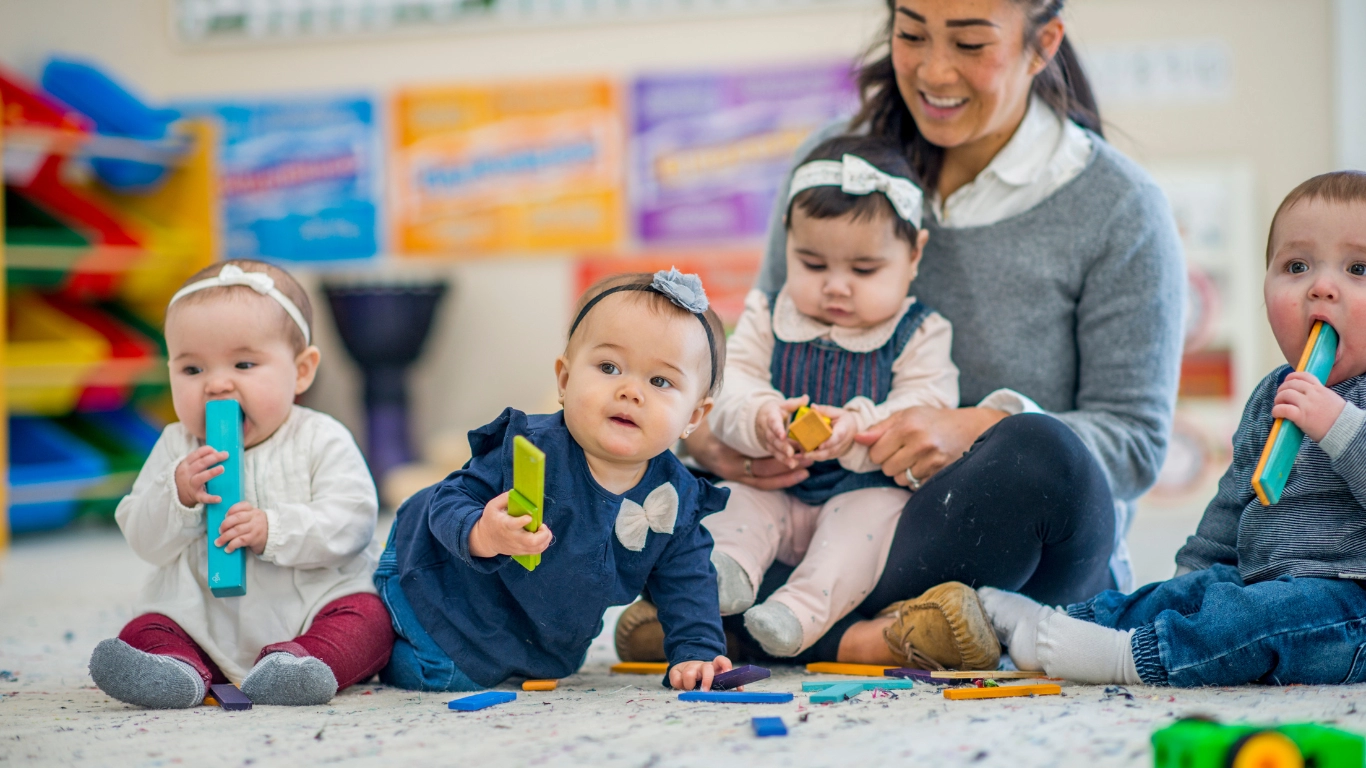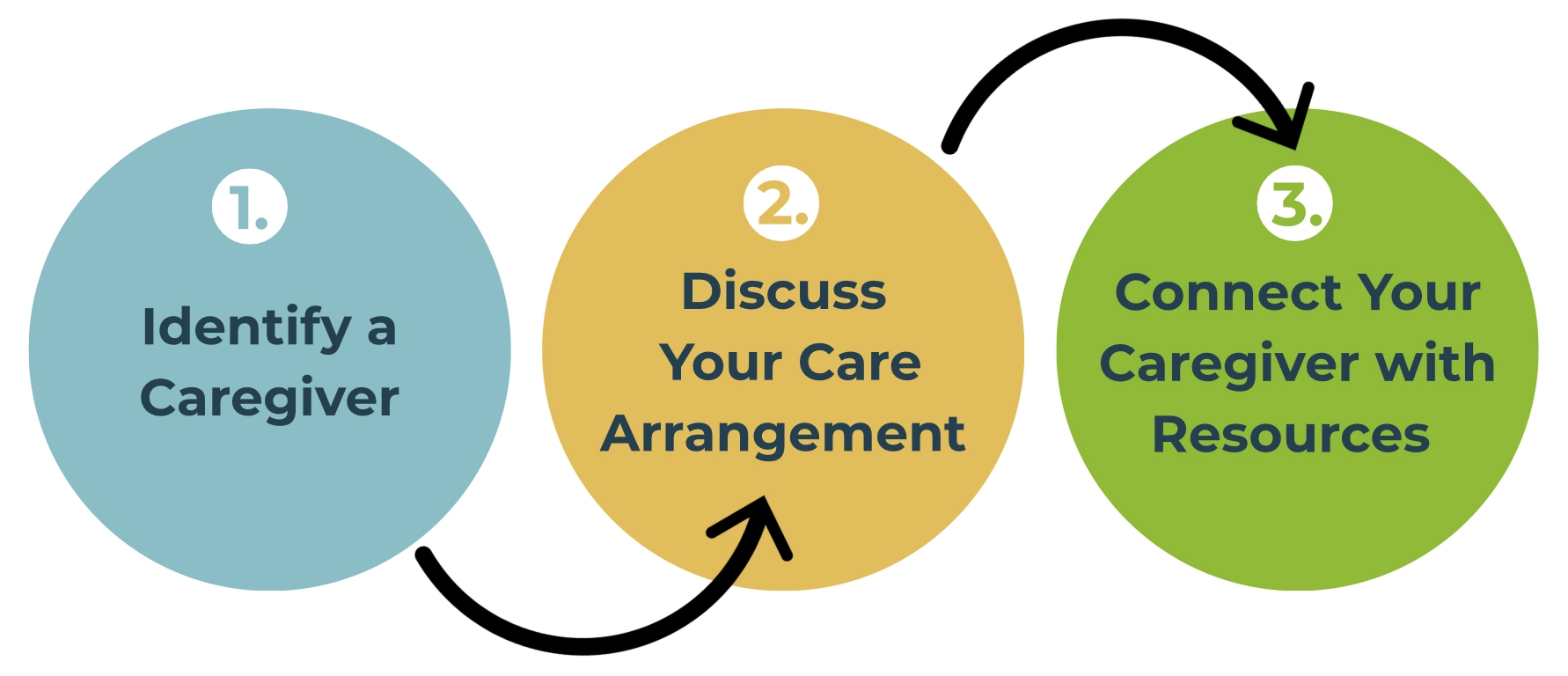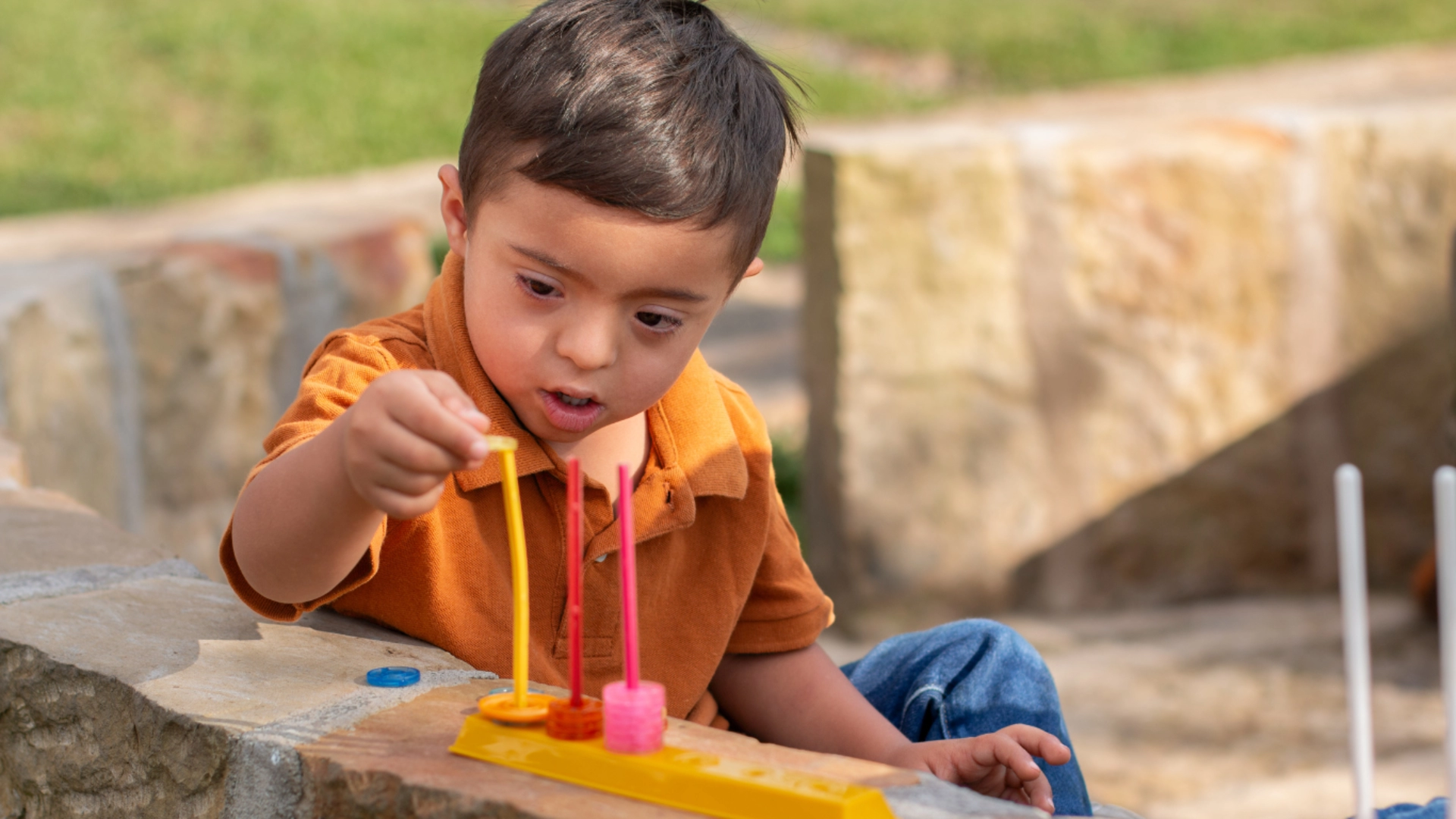
Choosing early care and education experiences for your child is an important decision and we know that finding the right child care can be challenging. It can also take time. Many families begin looking for child care 6-12 months before they will need it. The resources below are intended to empower you with the information to find care that works best for you and your family.
Your local Resource & Referral (R&R) agency is also a great resource for finding child care. They provide hands-on support to help you understand your child care options, connect you to available child care programs in your area, and determine whether you qualify for financial assistance.
There are five Resource & Referral Agencies that support the residents of LA City. Click the link below and enter your zip code to identify the Resource & Referral Agency that serves you!
Steps to Finding a Licensed Program for your Child


When determining the kind of care for your child, it can be helpful to identify the elements that are most important to your family. This will help you to search for a person or program that best meets that need. You may want to consider:


Community-Based Programs
To learn about community-based programs such as child care centers and family child care homes (including Head Start and Early Head Start), reach out to your local Resource and Referral (R&R) Agency or explore the resources below. While these resources work hard to keep information up-to-date, program details such as availability can change frequently. Reach out directly to a program to learn more or work with specialists at your local R&R agency to find and contact programs with availability in your area.
MyChildCarePlan.com: Answer a few short questions to create a catered list of child care options or type in your zip code to find programs near you. This resource is full of helpful information, which also means it can take a few moments to load.
LACOE Head Start and Early Learning Division: Learn about Head Start programs and complete a short contact information form by clicking on the red “Get Started Today!” button. Specialists from LACOE will reach out to you by phone or email to connect you with a nearby program.

School Based Programs
To learn about early childhood programs offered by LAUSD district schools, call (213) 241-0415 or visit the Early Childhood Education Division’s website (scroll to the bottom under “Our Programs”). For each program type, the website includes a description, hours of operation, locations, and eligibility criteria. Programs offered by LAUSD typically serve children 2 to 5 years of age with the exception of the Cal-SAFE program, which provides care for infants and toddlers.
Charter schools are tuition-free public schools funded by the State of California, which operate with more autonomy than a traditional public school. LAUSD authorizes over 150 charter schools that include Transitional Kindergarten (TK) for 4-year-old children. The Charter Schools Division of LAUSD has a link to their Schools Directory on the right hand side of their website. Download the list and filter for any programs with TK under the “Grades Authorized” column. To learn more about a specific program, use the contact information in the school directory to connect with a school directly or reach out to the Charter School Division at (213) 241-0399.

Call your top choices to confirm program information and determine whether they have an opening for your child. You may also want to ask about scheduling a tour of the facility. Visiting a program is a great way to determine whether it is right for you and your child. If a program is full, they are likely to have a waitlist that you can opt to join. Be aware that there may be a fee to join a program’s waitlist.
As you prepare for your tour, return to the factors you considered above and how you might check for them during your visit. You may also want to consider resources from the following organizations which can help you define program quality and identify what to look for and ask about during your visit.
- The National Association for the Education of Young Children’s (NAEYC)
The NAEYC's age-specific "What to Look for in a Program" guides help families define quality in child care programs.
- Community Care Licensing Division
The Community Care Licensing Division, which is responsible for all child care licenses in California, has resources to help families find care on their website, including a 9-minute video on what to look for when choosing care, a comprehensive guide, and a tip sheet.
- Child Care Aware Program Tour Checklists
Child Care Aware, a national organization focusing on child care issues, includes program tour checklists that help families know what to look for and ask about during a program tour.
Click on the program type you are interested in visiting and get familiar with the topic areas and standards of a quality program.
- Quality Start Los Angeles (QSLA)
QSLA is LA’s local quality improvement system that supports providers to strengthen their quality of care. Explore the website to determine if the childcare provider you’re considering participates in the program.
- California Community Care Licensing Division
The California Community Care Licensing Division's search tool can help you view additional community-based program details including state visits, inspections, and any citations or complaints. Scroll to the bottom and click the large blue button that says, “Search For A Facility.”
To search for a specific program:
- If you have the facility number, enter the 9 digit number under "Search By Open or Closed Facility Number” and select “search” OR
- Select “Child Care” under “Search By Facility Group” and input the facility type and the facility name and location information and select “search”
If you want to receive updates and new information for a particular facility, you can subscribe to a facility by clicking the “Stay Updated” button next to the facility name on the Facility Details page.
Steps to Finding License-Exempt Care (FFN) for your Child
Many families prefer to have their child cared for by a family member, nanny, or neighbor. This kind of care is known as Family, Friend, and Neighbor (FFN) Care and can be paid or unpaid. A common example of Family, Friend, and Neighbor care is when a grandparent cares for your child while you are at work. Continue reading to learn more about how to set up high-quality Family, Friend, and Neighbor care for your child.


License-exempt providers are able to care for their own children and the children of one other family. When determining who you want to provide care for your child, it can be helpful to consider the following:

Open communication with your caregiver is key to a successful care arrangement, and it can begin right away. Before the caregiver begins caring for your child, consider discussing the following topics to make sure everyone gets what they need.


There are many resources available to help caregivers support the healthy development of young children. These include workshops and courses for caregivers to learn about child development and activities for caregivers to do with children. Check out the resources below for inspiration.

- Quality Start Los Angeles (QSLA): Includes a variety of resources and activities across a broad range of topics such as health and well-being, early learning skills, and social emotional development.
- Libraries: The Los Angeles Public Library has a host of resources and events to encourage healthy development for children ages 0-5, including age-appropriate book lists and story time at local library branches. Visit Kids Path, LAPL’s website for kids, to view upcoming events or use the main website to locate a nearby branch and learn more about their hours and activities.
- Child Care Resource Center (CCRC): Many resource and referral agencies have trainings and activities specifically for caregivers. As an example, CCRC has a calendar of in-person and virtual workshops and events for caregivers to explore.




